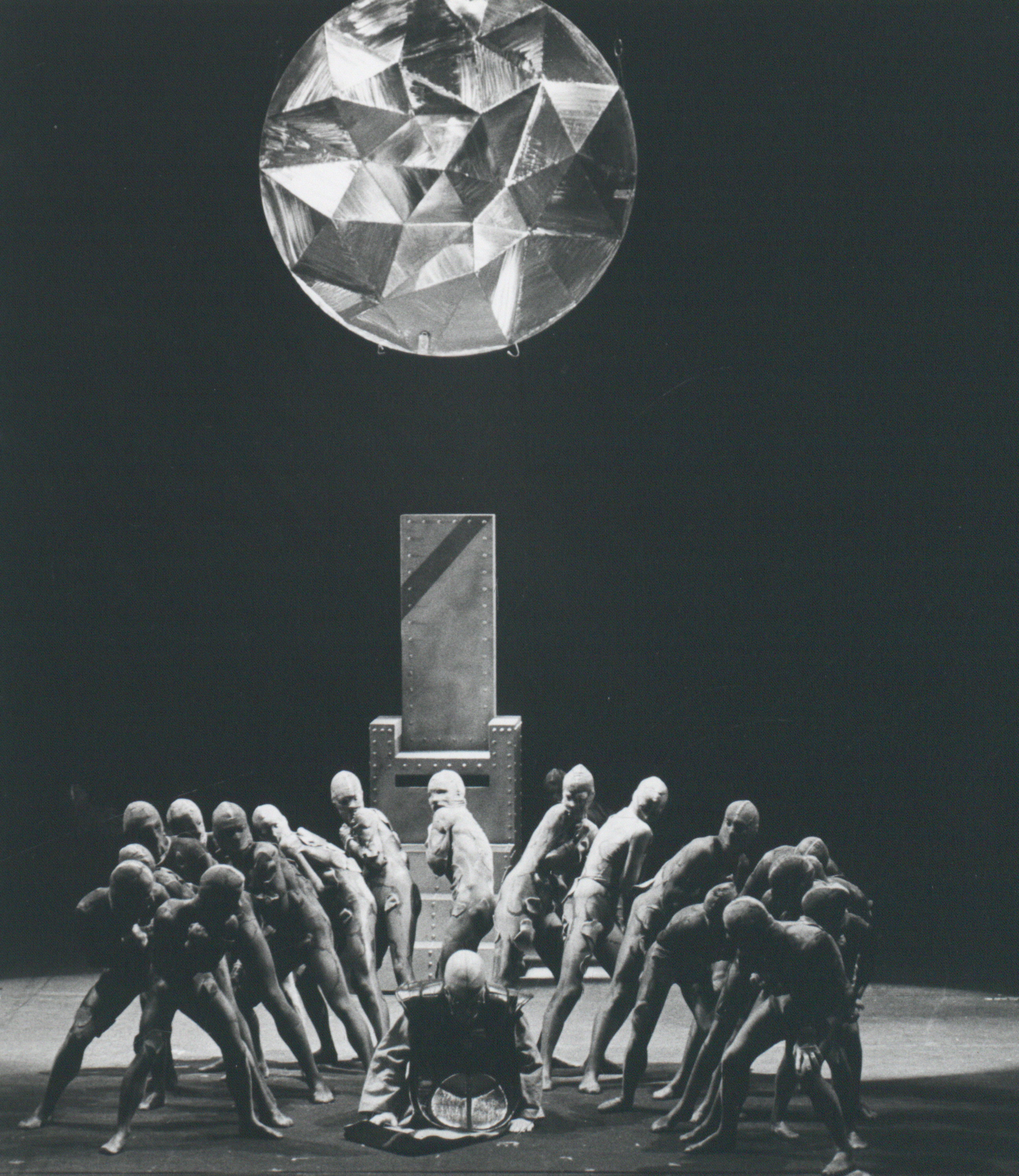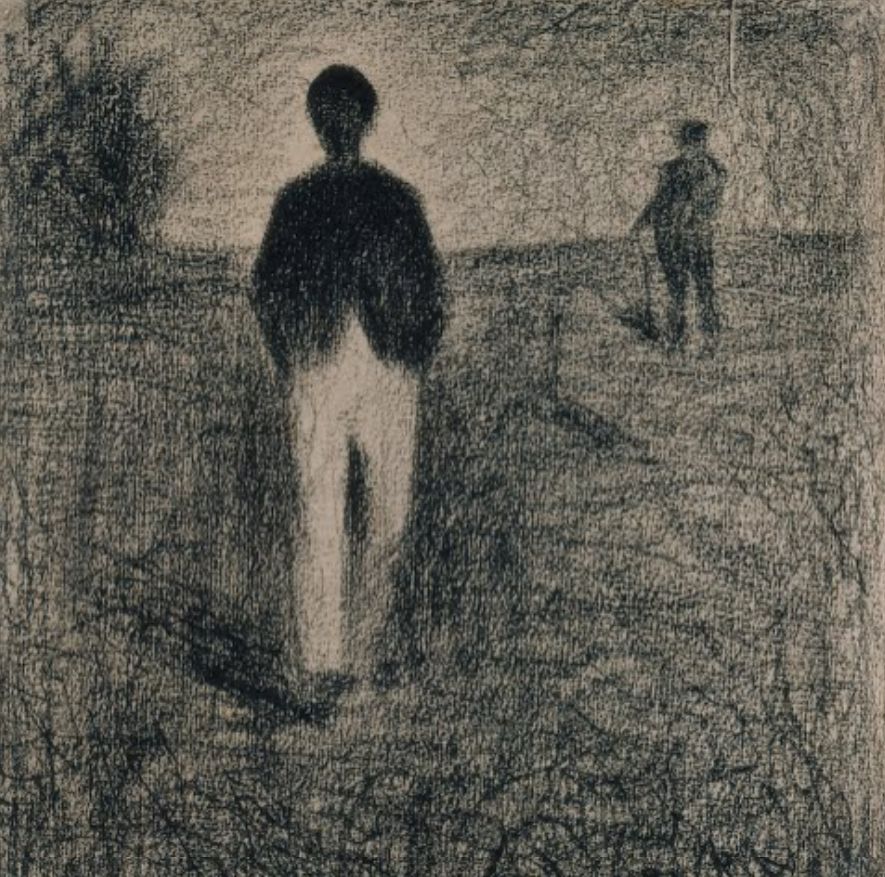The Inside of the Outsider
Collective and individual
The Outside of the Insider
Power and Powerlessness
Jacques Callot, Dwarf with Violin
from: “Varie Figure Gobbi”, 21 etchings, 1616.
According to a book by Bernd Schucher, French artist Jacques Callot contributed to the “invention of the individual”, despite the limitations imposed by the Thirty Years War. Dwarf with Violin is one of several idiosyncratic burlesque portraits of artists.
Image source: Wikimedia

Stage design of Netzwerk, produced by the Theater an der Wien, 1981
Zugang
I was a soldier in World War II. I deserted twice and saw myself as one who had been rejected by society. And that continued after the war to a certain degree. Because, in ultra-conservative Vienna, I stood up for the newest music at the time, […] I was insulted and bad-mouthed from all sides and was thus pushed back into the role of an outsider.
Friedrich Cerha
Interview with Martin Grubinger, KlickKlack (BR), 14 June 2012
The tense relationship between just this kind of community and the individual facing it preoccupied Cerha his entire life. He himself artfully alternated between adapting to the cultural scene and participating in artistic currents on the one hand, while taking a posture of resistance and refusing to be categorised on the other.
In his oeuvre, themes of the individual and the collective often run along existential paths. In the one corner, one finds the music to a text by Thomas Bernhard, bringing charges against the state (Requiem für Hollensteiner). Elsewhere, for example in his operas, characters who have been cast out are drawn into social conflict. Baal is the archaic main character of this dynamic in Cerha’s oeuvre, never finding his place in the community. The same applies to the Riesen vom Steinfeld, who stands out from the conforming masses and whose fate is likewise tragic.
Werke zum Themenfeld
Das Genie wird im Stich gelassen
Requiem für Hollensteiner, 1983
Der Aussteiger
Baal
Schaf unter Wölfen
Der Riese vom Steinfeld, 1997—99



